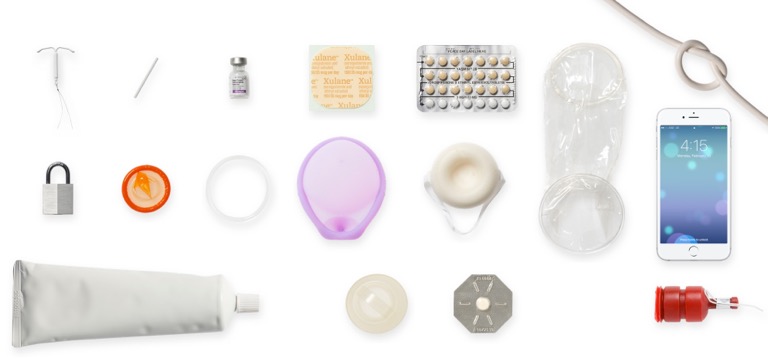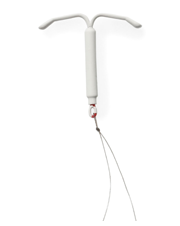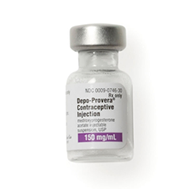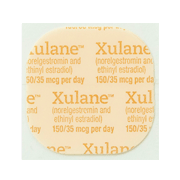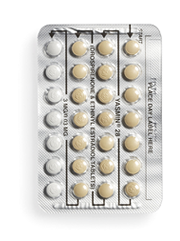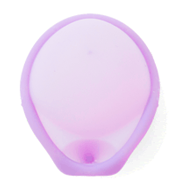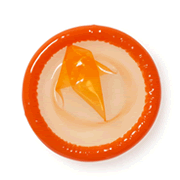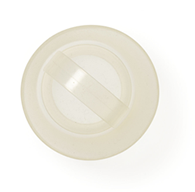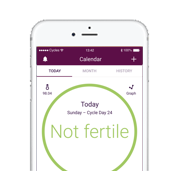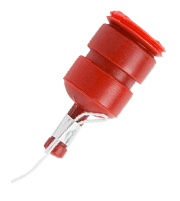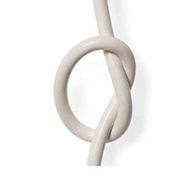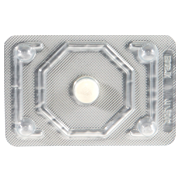Birth Control Across the Gender Spectrum

Transgender, cisgender, or gender nonconforming? Birth control can help you stay on top of your reproductive health.
Wherever you fall on the gender spectrum—whether you’re transgender, cisgender, or gender nonconforming—you may have birth control needs. Being transgender or gender nonconforming means that you don’t identify as the gender you were assigned at birth. Being cisgender means that you do. And many folks lie somewhere along the spectrum or don’t identify as one gender in particular.
Like cisgender people, transgender and gender nonconforming people are sexually diverse and may be at risk for unplanned pregnancy. Individuals on the gender spectrum may or may not use hormone therapy or have surgery as part of their gender journey—and this may affect what type of birth control method they use. Regardless of where you lie on the spectrum, it’s a good idea to discuss your reproductive health needs with a provider at a The Right Time health center, where they stock all methods of contraception and offer free or low-cost contraception to those who need it. They can help you figure out what specific things to consider when deciding which birth control method is right for you.
Birth control if you have ovaries and a uterus
Pregnancy. If you have a uterus and ovaries and are having vaginal sex with someone with a penis and testicles, pregnancy can be a risk. Even if you’re using testosterone, you won’t necessarily stop ovulating, and getting pregnant while using hormone therapy can pose a risk to the pregnancy. (BTW, not having a period doesn’t guarantee that you’re not ovulating either.) If you may want to get pregnant now or down the road there are many things to consider. If you don’t want to get pregnant now, or ever, birth control is a good idea.
Periods. Even if you’re not worried about preventing pregnancy, hormonal birth control can help regulate your periods or make them go away completely. For some people, gender dysphoria (the feeling that your gender identity does not match the identity you were given at birth) may worsen when you start getting your period, so many patients seek methods to stop their cycle. Not everyone on the transmasculine/gender nonconforming spectrum uses testosterone for their transition, but for those who do, monthly periods often lighten or stop completely. If you still have your period and would like it to be lighter or stop altogether, hormonal birth control can help.
All the birth control methods available for cisgender people are also available for transgender and gender nonconforming people. If you want to avoid the pill, the patch, or the ring because they contain estrogen, there are many other options. If you want to avoid hormones altogether, there are options for that as well. Here are some of the methods I find are most popular among my patients.
Condoms and emergency contraception
Condoms and internal condoms are a great, hormone-free option for preventing pregnancy and sexually transmitted infections. And if a condom fails or no contraceptive method is used and you’re worried about pregnancy, there are several options for emergency contraception.
The pill
Many trans guys choose the progestin-only pill (a.k.a. mini-pill) since it prevents pregnancy and progestin has some masculinizing benefits such as increased hair growth.
The shot
Depo-provera is a progestin-only, injectable form of contraception that you need every three months. Most people receive the injection at their health care provider’s office, but there is also an option of self-administering it under the skin (a.k.a. subcutaneously), in the privacy of your own home. If you’re already self-injecting testosterone for gender transition or simply prefer to make fewer visits to your provider’s office, this may be worth looking into.
The implant
The implant is a tiny progestin-containing rod that gets inserted in the arm during a simple and quick in-office procedure. It can be felt but not seen, so it’s a great option if you prefer to keep your birth control private. The implant releases progestin slowly for up to four years to suppress ovulation. It’s a great method for those who don’t want to worry about remembering their birth control.
The IUD
IUDs are T-shaped devices that are inserted into the uterus during a quick office procedure. There are four types of hormonal IUDs, all of which contain progestin. Most of the hormone from a hormonal IUD stays inside the uterus—little or no hormone gets absorbed into the rest of the body. Hormonal IUDs can be a great option if you want your periods to be lighter or go away altogether. Depending on the type, they can be used for three to seven years. The non-hormonal IUD contains copper and does not affect periods. It can be used for up to 12 years. All IUDs can be removed by a health care provider at any time—there’s no minimum amount of time you have to have one.
Hysterectomy
Hysterectomy is a surgical procedure where the uterus and/or cervix and ovaries are removed. Many, but not all, of my patients of the transmasculine experience choose hysterectomy as part of their gender journey.
Birth control if you have a penis and testicles
If you have a penis and testicles and are having vaginal sex with someone with a uterus and ovaries, there is a risk of unplanned pregnancy. Those of the transfeminine experience may take blockers to suppress testosterone and estrogen to cause feminization. Testosterone blockers decrease sperm production and quality and might affect the ability to have an erection and ejaculate, but they are not a reliable form of birth control.
The good news is you and your partner can use any of the methods above if you want to prevent pregnancy. If you know you don’t want kids at any point, there are also permanent options you can consider. Vasectomy works by blocking the tubes that carry sperm from the testicles. Some people may also choose orchiectomy as part of their gender journey, a surgical procedure to remove the testicles (where sperm and testosterone are produced). Orchiectomies also eliminate the risk of pregnancy.
Wherever you lie on the gender spectrum, and whatever gender journey you choose, there are many options to meet your specific reproductive health needs. A health care provider at your nearest The Right Time health center can help you figure out which options are right for you. Remember that you’re not alone in your gender journey.
Updated August 2019
Related Content


Provider Perspective
The Common Cold of the Sexually Active World: HPVLet’s talk HPV—causes, treatments, and prevention.

Provider Perspective
Skip the Pelvic, Please!What to expect when it’s time to visit your lady doctor. (It may just be a conversation.)

Provider Perspective
Does Being Overweight Affect Your Birth Control?When it comes to birth control and weight, not all methods are created equal...


